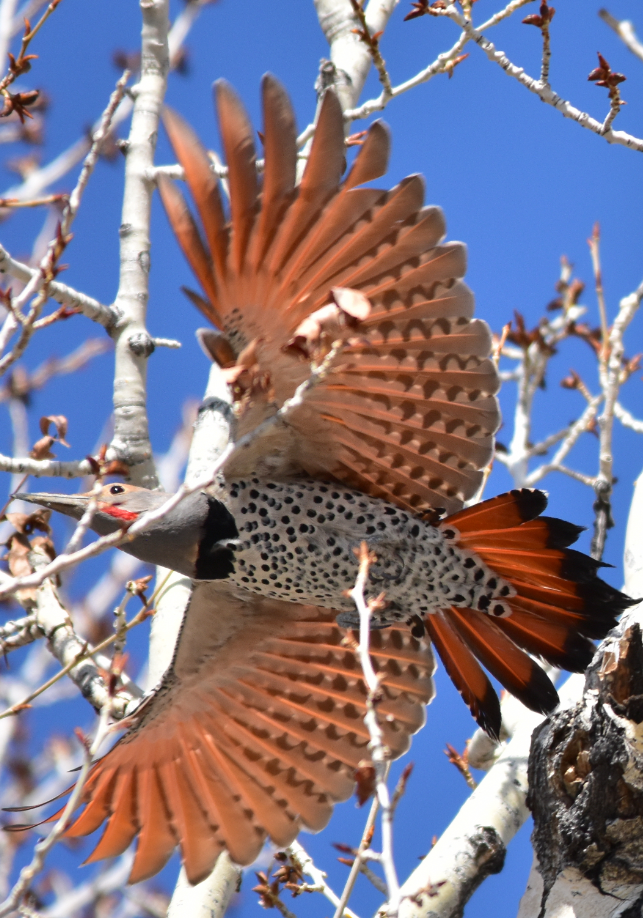
Bird of the Spring Season 2023
Red-shafted Northern Flicker Colaptes auratus By Sharon L. Moore Who among us isn’t delighted by Northern Flickers? While the Red-shafted live year round in the West, the Yellow-shafted may be present here during the mating season, though they generally live in the Eastern U.S. Since these birds thrive in nearly
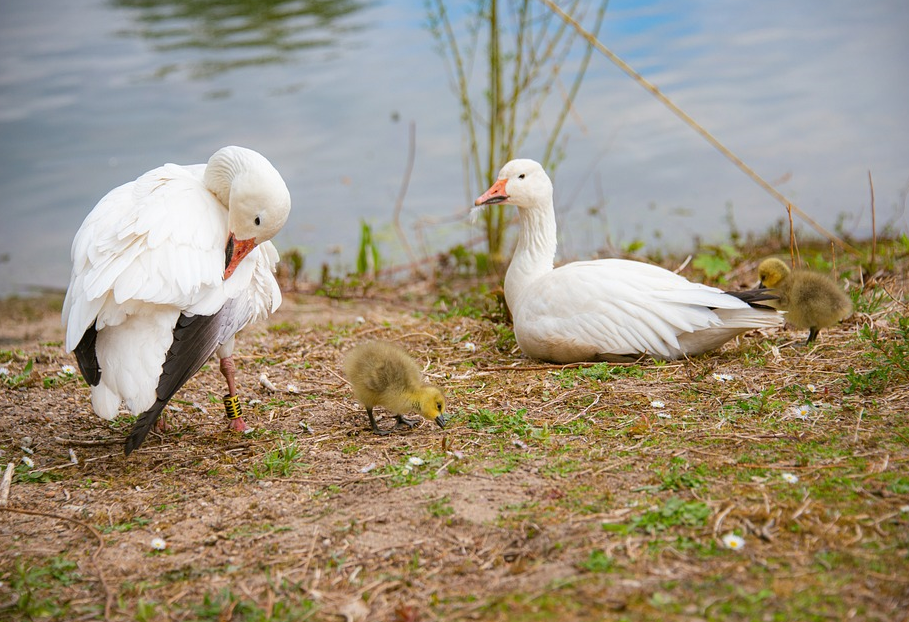
BIRD OF THE 2022 WINTER SEASON
By Sharon L. Moore Lesser Snow Goose Anser caerulescens Order: Anseriformes Family: Anatidae We vividly recall a freezing, clear mid-November day in the farmlands of Fir Island, west of Mt Vernon, when we had an amazing birding experience. Shivering as we mucked along the icy country road, binoculars in hand,
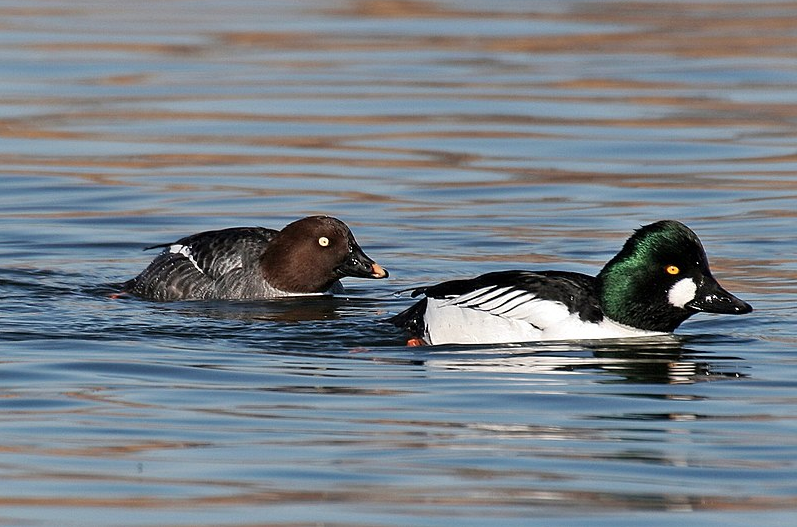
Bird of the 2022 Fall Season
By Sharon L. Moore “What’s that bird diving under those tied jet skis?” my partner asked. As relatively new birders we were focusing our binoculars along the Salish Sea shoreline of Totten Inlet. Lacking a spotting scope, we strained to see the bird through the low light of a wet
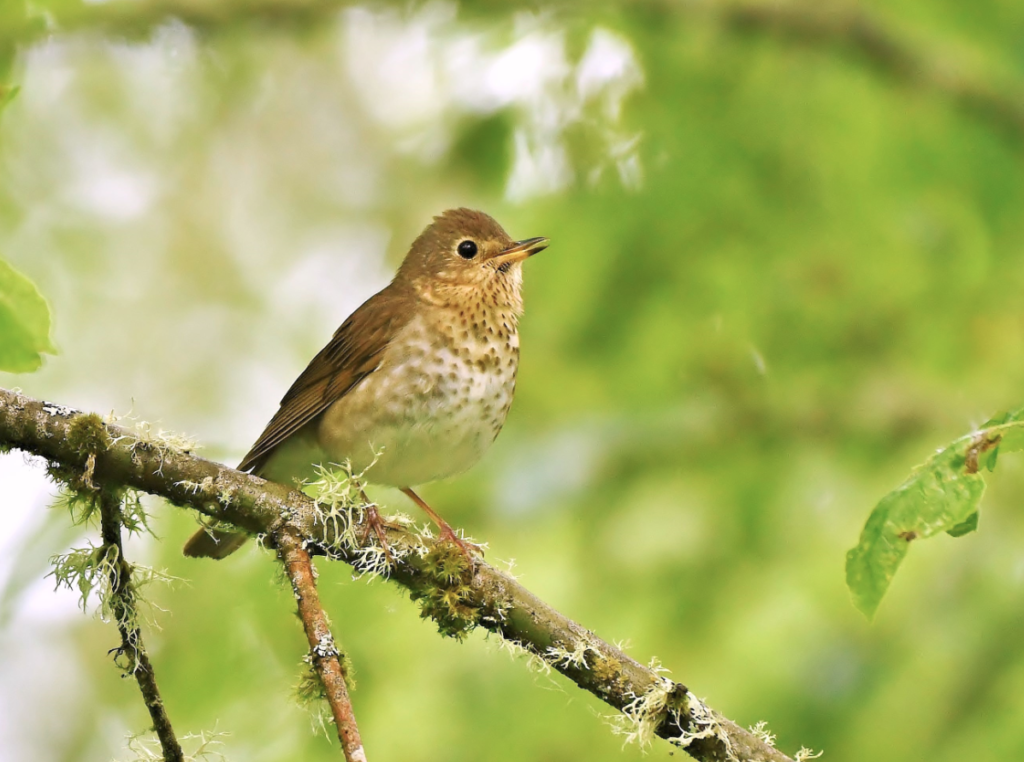
Birds of the Summer Season 2022
SWAINSON’S THRUSH Catharus ustulatus By Sharon L. Moore As one of seven thrush species in North America, the Swainson’s has four subspecies, one of which is our regional Pacific Russet-backed Swainson’s Thrush. An arboreal forager, it favors tall, thick, mixed conifer forests, hovering on the edges of the tree line
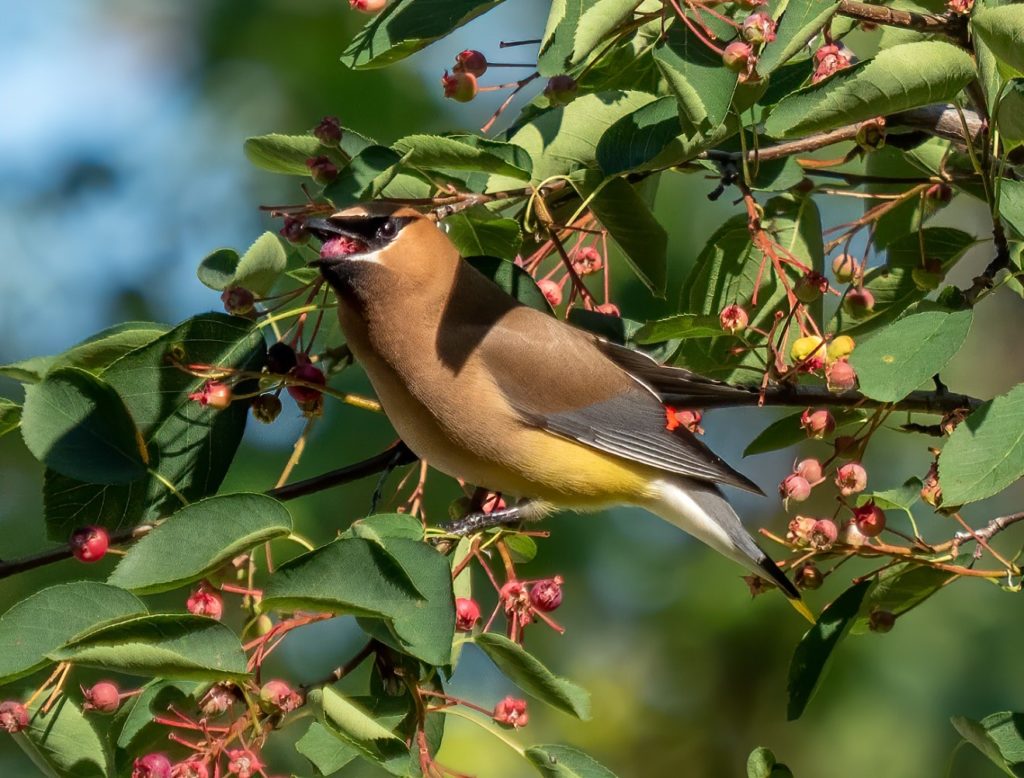
Birds of the Summer Season 2022
Sharon L. Moore CEDAR WAXWING Bombycilla cedrorum Order: Passeriformes Family: Bombycillidae While we’ve been enjoying various migratory songbirds in our woods and gardens during spring, one particular passerine species appears later, often in June and July. A major fruit eater, the Cedar Waxwing delays its arrival to mate, nest and
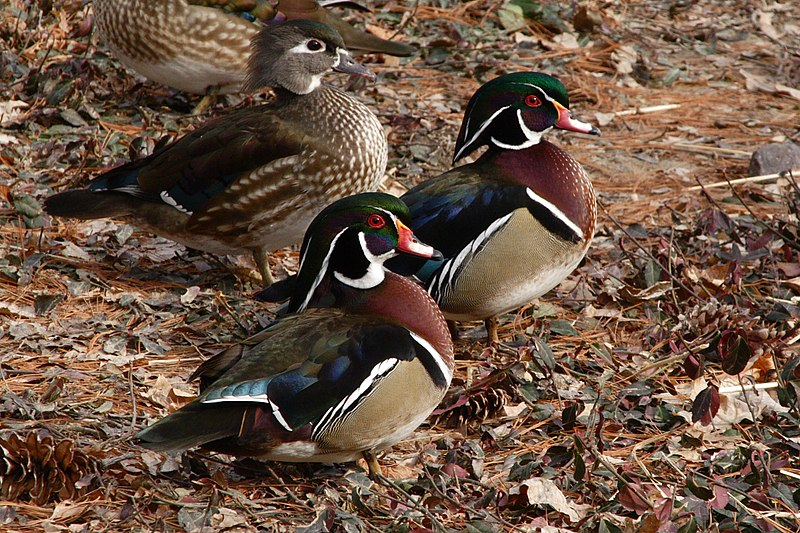
SPRING BIRD OF THE SEASON – 2022
WOOD DUCK – Aix sponsa The Wood Duck is a forest-loving, cavity-nesting, dabbling duck. It prefers habitats such as wooded wetlands and marshes, often constructed by beavers, as well as ponds and slow-moving rivers. When large conifers with dense, overhanging boughs edge these watery habitats, the Wood Duck gains at
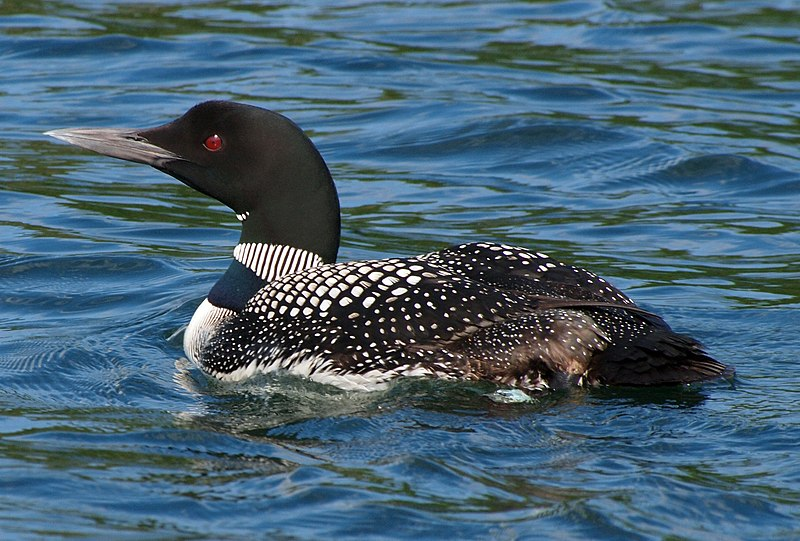
Bird of the Winter Season, 2022: Common Loon
Sharon L. Moore Order: Gaviformes Family: Gavidae Common Loons (Gavia immer) are historically beloved birds in North America and Canada. Admired for their stunning fishing abilities and complex repertoire of calls, they have long been considered iconic symbols of pristine wilderness. In fact, the Common Loon has been designated the
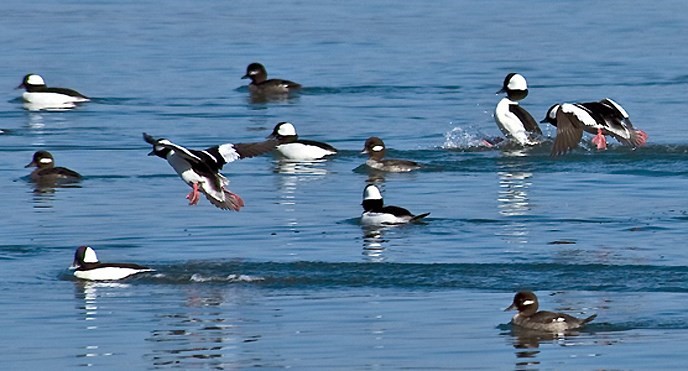
Bird of the Fall Season 2021: Bufflehead
How delightful it is to anticipate the arrival of the diminutive Bufflehead as they migrate to our south Puget Sound waters after a long summer raising their young in Canada’s rich, vast boreal forest landscape. The black and white-patterned Bufflehead is heavily reliant on the boreal for nesting sites and sufficient food sources; in fact, 80% of its population breeds there.
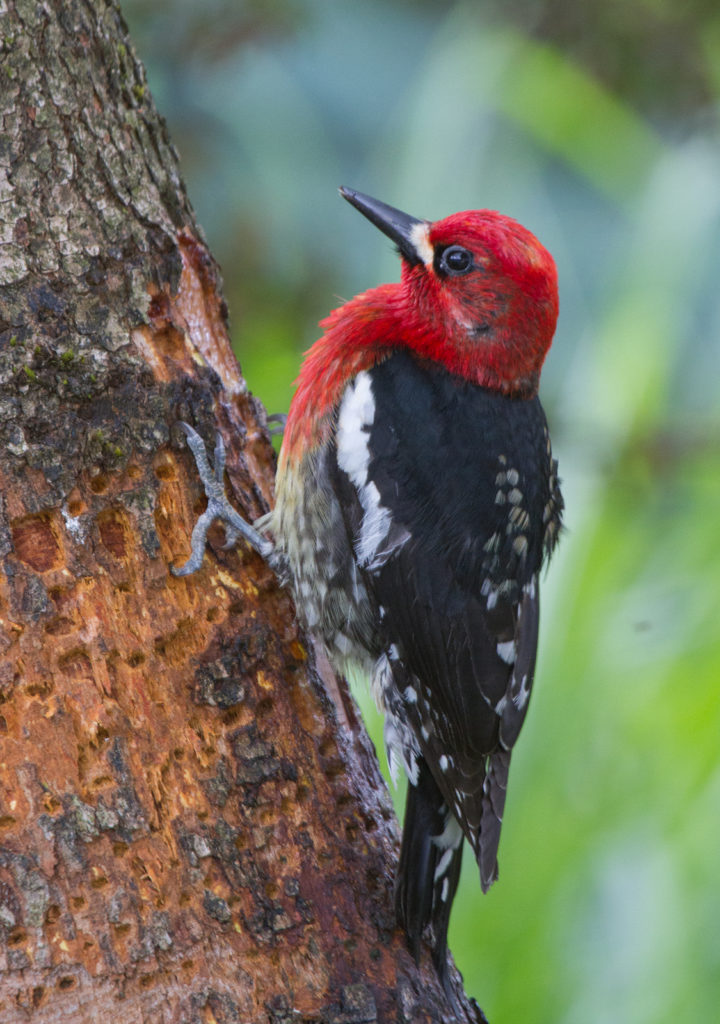
Bird of the 2021 Spring Season: Red-Breasted Sapsucker
It’s mid-May in a local, protected riparian habitat when we suddenly see a flash of red overhead followed by a quick landing at the edge of a small hole in a dead snag above us.
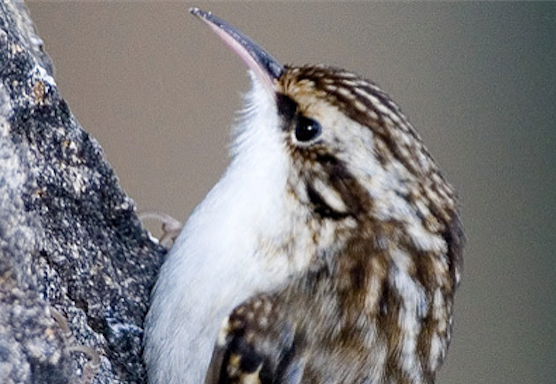
Bird of the Spring Season 2021: BROWN CREEPER
Have you ever seen a Brown Creeper? Chances are you’ll answer “no,” but you could be wrong.
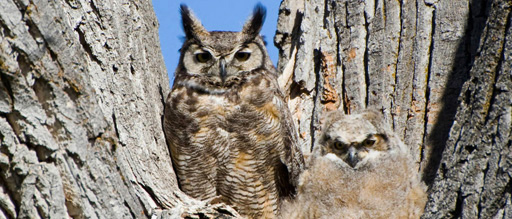
Bird of the Winter Season 2021: GREAT HORNED OWL
By Sharon L. Moore Bubo virginianusOrder: StrigiformesFamily: Strigidae Listen carefully these winter evenings and early mornings and you may hear a mated Great Horned Owl pair high up in conifer trees calling back and forth with a haunting, foghorn-like whoo whodo whoo who. Listen more carefully and you’ll hear the
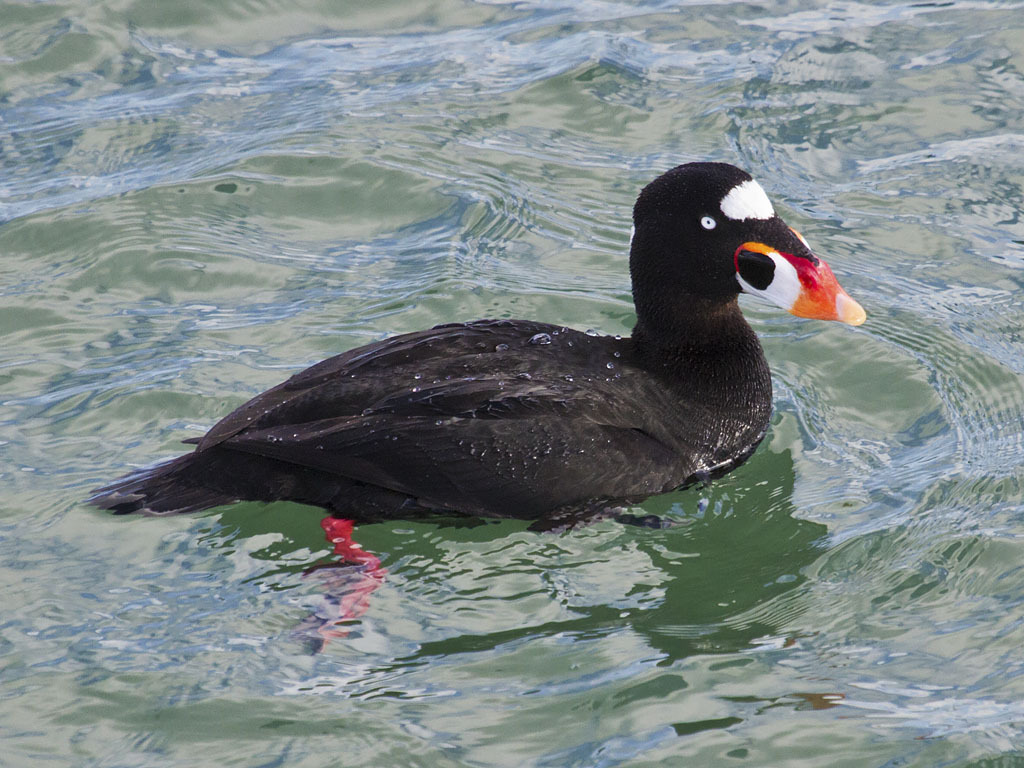
Bird of the Season: Surf Scoters
By Sharon Moore Melanitta perspicillataOrder: AnseriformesFamily: Anatidae During a lovely November walk at Woodard Bay recently we spotted a flock of Surf Scoters food-foraging near the shore in their unique style. Knowing these ducks are strong swimmers, we watched as they synchronized their dives by jumping forward with partially opened

Bird of the Winter Season 2020: Western Grebe – Aechmophorus occidentalis
By Sharon Moore Order: PodicipediformesFamily: Podicipedidae This lovely water bird is an elegant presence riding high on the surface, giving the impression that it’s always on “high alert.” Its red eyes and yellow bill stand out against its definitive black and white plumage helping us to easily identify the bird.
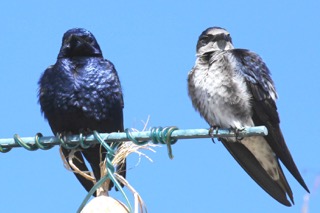
Bird of the 2020 Summer Season: Purple Martin (Progne subris arboricola)
By Sharon Moore Order: PasseriformesFamily: Hirundividae This beautiful, highly sociable swallow subspecies is a favorite for many of us. Migrating north in large flocks in spring, western Purple Martins establish residence in small colonies throughout California, Washington, Oregon and British Columbia. Since these birds prefer nesting sites near saltwater bays,
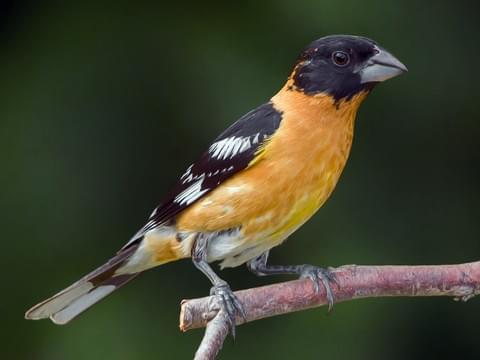
Bird of the Spring Nesting Season: Black-headed Grosbeak
By Sharon Moore Black-headed Grosbeak –Pheucticus melanocephalusFamily: Cardinalidae Order: Passeriformes These showy, vocal, gregarious birds are a joy to welcome back to the Pacific Northwest in late spring. After their arduous spring migration from Mexico in late April they’ve taken up residence with us once again, singing mightily from
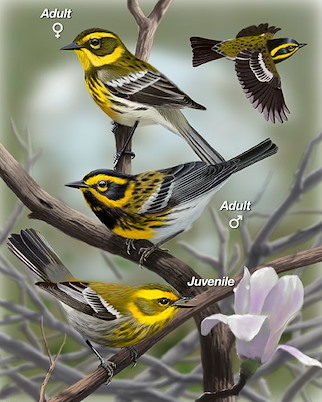
Bird of the Spring Season
By Sharon Moore Townsend’s Warbler – Satophaga townsendi Family: ParulidaeOrder: Passeriformes The Townsend’s Warbler was “discovered” and named by American naturalist John Kirk Townsend in April of 1835, near the mouth of the Columbia River in what is now Oregon. How long these small birds have been spending the spring breeding season
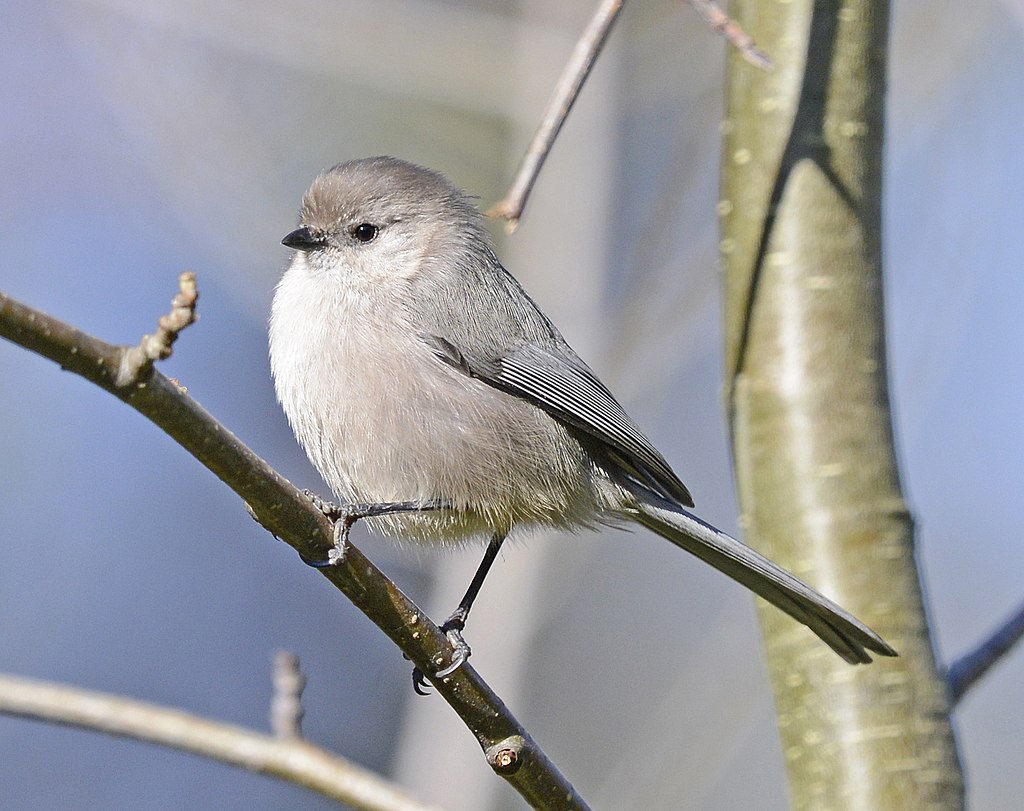
BIrd of the Winter Season
By Sharon Moore Bushtit – Psaltriparus minimusOrder: Passeriformes Family: Aegithalidae Have you ever wandered through an urban neighborhood looking up into the tree canopy and down into the shrub understory searching for bird nests? On just such a mission one spring morning in Olympia’s Capitol Neighborhood, I was disappointed, after
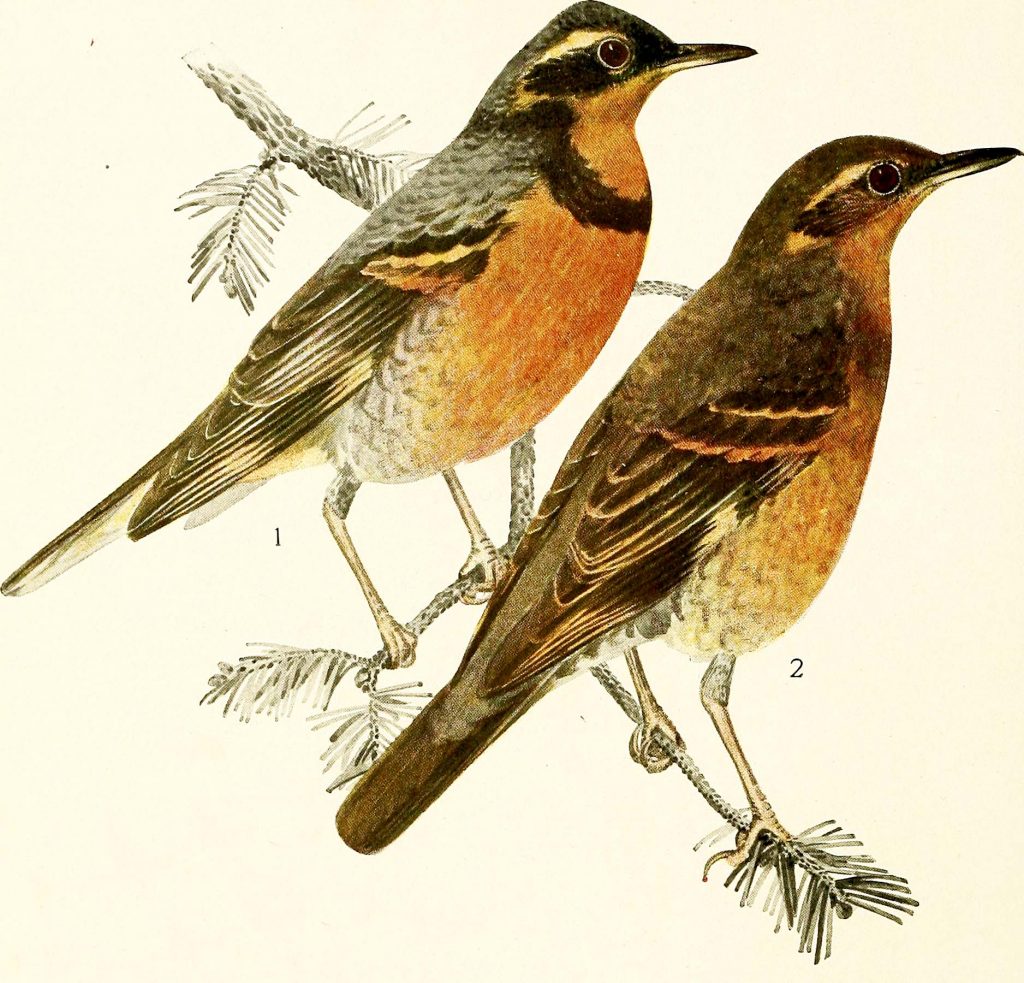
Bird of the Season
Varied Thrush – Ixoreus naevius, Family: Turdidae, Order: Passeriformes by Sharon Moore – The Varied Thrushes have returned! With fall’s arrival we’ve recently welcomed these lovely woodland songbirds back to the thickets on our properties and in the forest undergrowth. Listen closely and you may hear the male Varied Thrush’s
